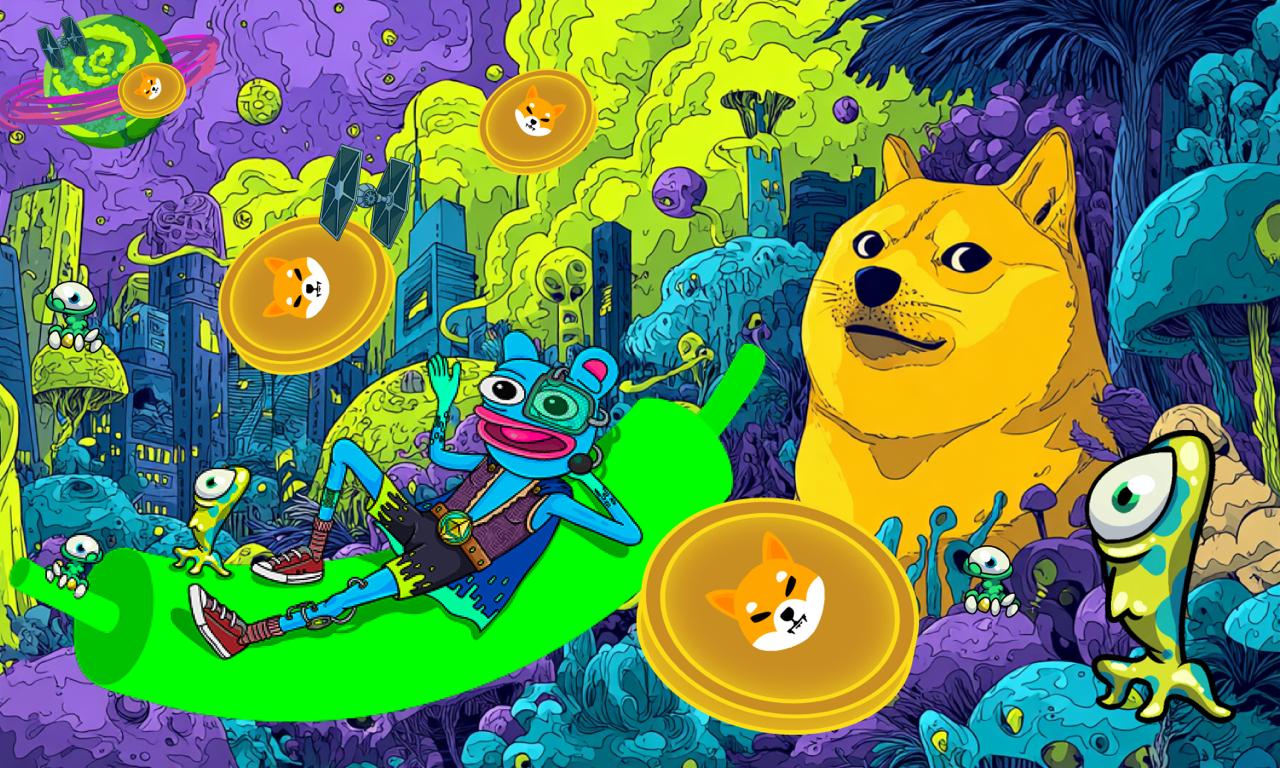While Solana is up 28% and Dash jumps 94% in a Year, Digitap ($TAP) is preparing for a 5,000% Breakout
While top-tier tokens like Solana (SOL) and Dash (DASH) are grabbing headlines with double-digit gains, one lesser-known token is quietly preparing for what could be one of the biggest breakouts in 2025.
Digitap ($TAP), a presale token built with a deflationary model and real-world crypto card utility, has now sold over 58 million tokens, with the total capital raised over $745,000. Investors chasing momentum in SOL and DASH might want to pause and ask: are they missing the next big crypto gem?
SOL and DASH Rally — But Is the Momentum Real?
Solana (SOL) has had an impressive run considering the weekend’s crash, posting a 28.4% gain over the past year. It’s now trading around $197.63. Trading activity has been strong too, with over $10.46 billion in volume in the past 24 hours.

Dash (DASH) is currently sitting at $47.33 and has climbed more than 94% over the past year. The gains come primarily from people embracing its InstantSend and PrivateSend options, which make transactions both quick and private. More merchants are accepting Dash, too, and the coin’s push to be actual digital cash you can use daily is clearly paying off.
But this raises a familiar question — with both SOL and DASH having already had massive runs, how realistic is another enormous jump in the short term? From a risk/reward angle, they may offer less upside compared to newer entrants with real-world use cases still underpriced by the market.
Why $TAP’s Utility-First Model Is Gaining Quiet Momentum
Unlike tokens that rely purely on hype cycles, Digitap ($TAP) is building around a straightforward idea — merging everyday spending with crypto utility. It’s not a meme coin, it’s not riding AI hype. It’s a utility token designed for payments, perks, and governance — and it powers Digitap’s unified crypto-card ecosystem.
USE THE CODE “LIVEAPP30” FOR 30% OFF FIRST-TIME PURCHASES
Every time a user makes a payment using Digitap’s Visa-compatible card, $TAP tokens are automatically bought back and burned. This directly reduces the circulating supply and increases scarcity. With a fixed supply cap of 2 billion tokens, $TAP is deflationary by design — no minting, no inflation.
Plus, staking rewards are offered without diluting token value. Rewards are distributed from a pre-allocated pool, and early exit penalties are burned, further fueling scarcity.This positions $TAP as one of the best cheap cryptos to buy, especially for investors looking beyond hype and into projects with long-term tokenomics.

Presale Nearly Complete — Here’s the Snapshot
As of now, over 40% of the current $TAP presale stage has been sold. More than $745,000 has already been raised, and the next price is set at $0.0268, up from the current $0.0194 — that’s nearly a 38% jump in value just for early adopters.
Presale buyers get instant token access (claimable 72 hours after launch), and staking during the presale offers up to 124% APR. With the team tokens locked for 5 years and no transaction tax or hidden supply inflation, Digitap has clearly structured the launch with long-term holders in mind.
Visit Digitap Presale
Why $TAP Could Outpace Solana and Dash in ROI
Let’s put this into context. Solana is trading at nearly $200. Render is over $43. Meanwhile, $TAP is still under $0.02 — and it already has a fully working product and live ecosystem.
The value isn’t just in the price. It’s in the combination of powerful features.

While SOL and DASH are far from bad bets, they’re arguably already priced for near perfection. In contrast, $TAP is in price discovery mode. A 5,000% run from its current level would still place it well below Solana’s valuation, despite offering a utility structure that impacts daily user behavior.
Balanced Outlook: Is $TAP the Best Cheap Crypto to Buy Right Now?
With just 40% of the current presale stage already sold out and a steep price jump imminent, $TAP offers one of the most asymmetric opportunities in crypto right now. It’s rare to find a project that blends token scarcity, real-world utility, strong staking incentives, and transparent tokenomics all in one ecosystem.
Investors should note that long-term gains often come from early positioning in undervalued tokens — especially those with actual product use and daily economic impact.Digitap is Live NOW. Learn more about their project here:
Presale: https://presale.digitap.app
Website: https://digitap.app
Social: https://linktr.ee/digitap.app
You May Also Like

The “100% Win Rate Whale” has completely closed its BTC long position, making a profit of $1.4 million

‘Code Is Law’ documentary nails the drama of DeFi hacks — despite what it leaves out
